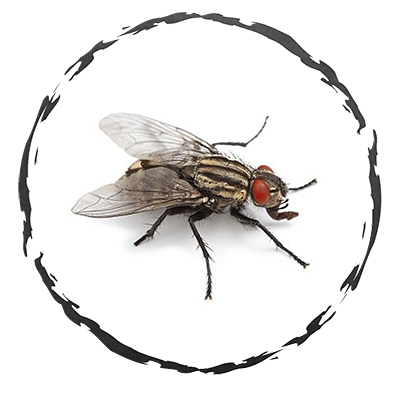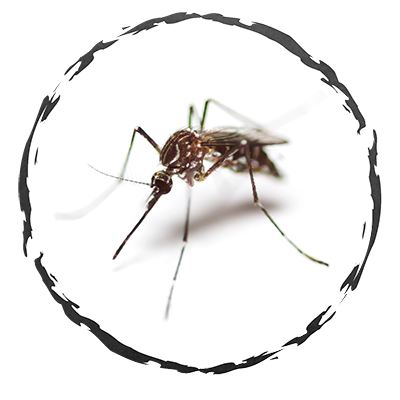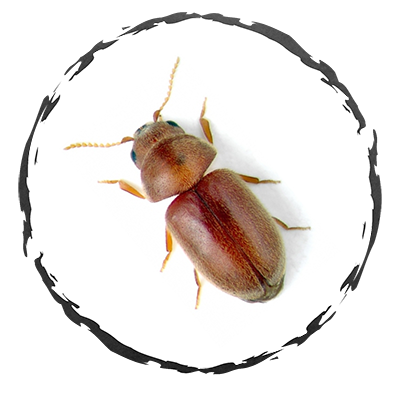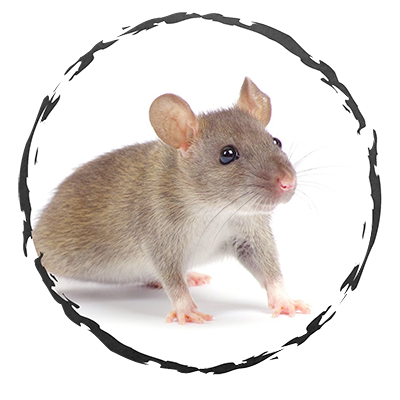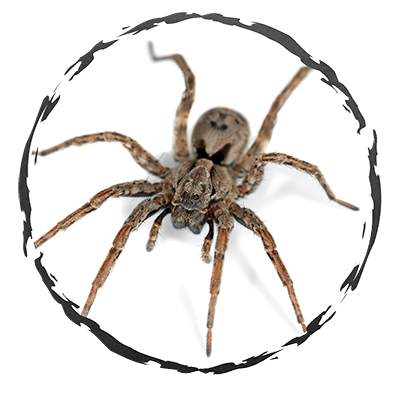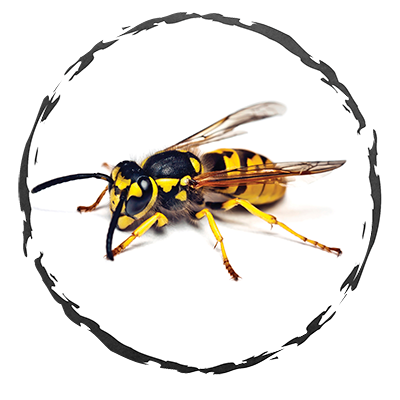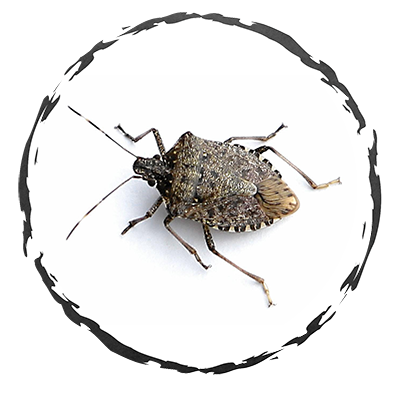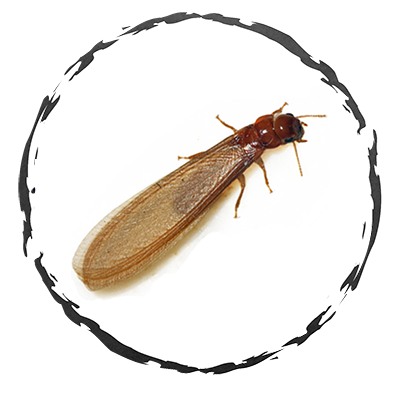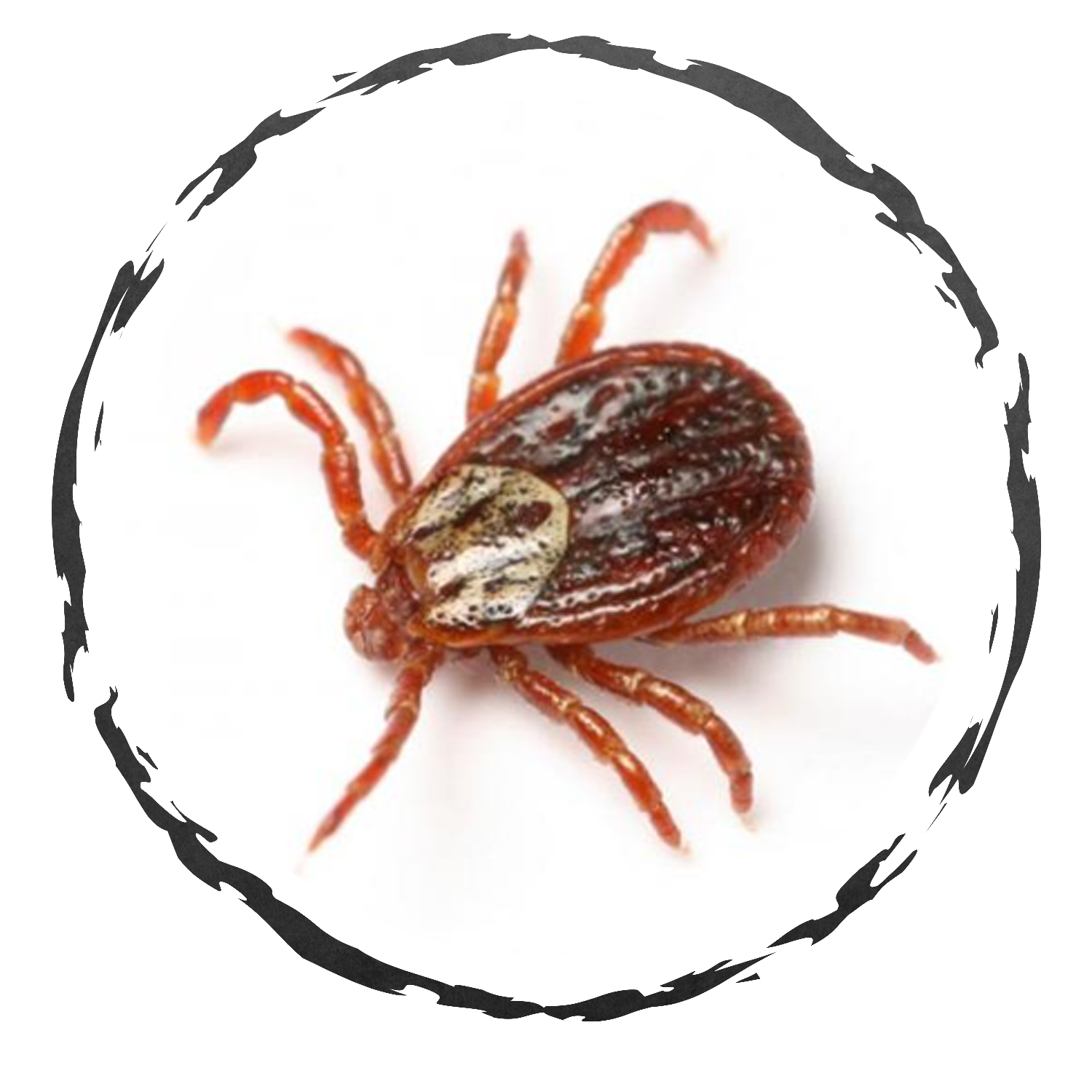Mosquito Control Rochester, NY
Mosquitoes are flying, biting insects that develop in water during their immature stages. Some of the many species found in New York are considered pests and can transmit diseases to humans.
The three most important mosquito groups are the![]()
- Anopheles (carrier of malaria),
- Culex (carrier of viral encephalitis and West Nile),
- and Aedes (pronounced “AY-dees”; carrier of yellow fever, dengue, encephalitis and most recently, Zika).
All are less than 0.5-inch (1.3 cm) long as adults.
Although mosquitoes are usually a nuisance and sometimes dangerous to public health, complete eradication is unrealistic.
A more reasonable goal is population reduction and management below problem levels. This goal relies greatly on public education and awareness.
A Mosquito’s Life: From Water to Air
Mosquitoes have four life stages: the egg, larva, pupa, and adult.
Eggs are laid on the surface of water (Culex and Anopheles types) or damp soil that is soon to flood (Aedes type). Most eggs hatch within 48 hours.
The larvae live in water and breathe at the surface through tubes. Larvae, or wrigglers, feed on organic debris and microorganisms in the water, then molt into pupae, a resting stage that remains in the water. During this time the mosquito develops into an adult. After two days the pupal skin splits and the adult emerges. The length of this life cycle varies by species from 4–30 days.
An adult female mosquito usually must take a blood meal before laying eggs. Females have elongated piercing-sucking mouthparts used to penetrate your skin and ingest blood from the host. A component of mosquito saliva prevents blood clotting and causes itching and swelling. Saliva is the means for disease movement into the host. Blood protein is used to produce and mature the eggs.
Male mosquitoes feed on nectar, not on blood. Their mouthparts are not designed for piercing.![]()
Public Health Concerns
Mosquito-borne illnesses have plagued humans throughout history.
Modern vector control and monitoring programs have greatly reduced the incidence of yellow fever, malaria, and encephalitis viruses. Eastern equine encephalitis (EEE), St. Louis encephalitis (SLE), and West Nile encephalitis (WNE) remain significant diseases that have recently afflicted people in New York.
Management includes intense surveillance for mosquito outbreaks and routine monitoring for diseases.
![]()

.png)

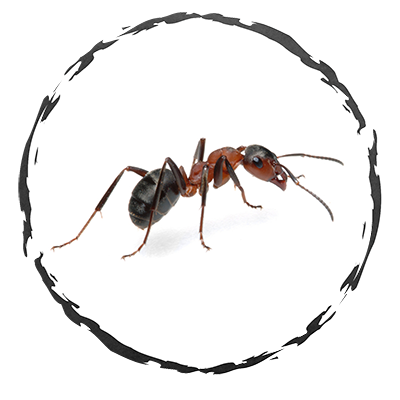
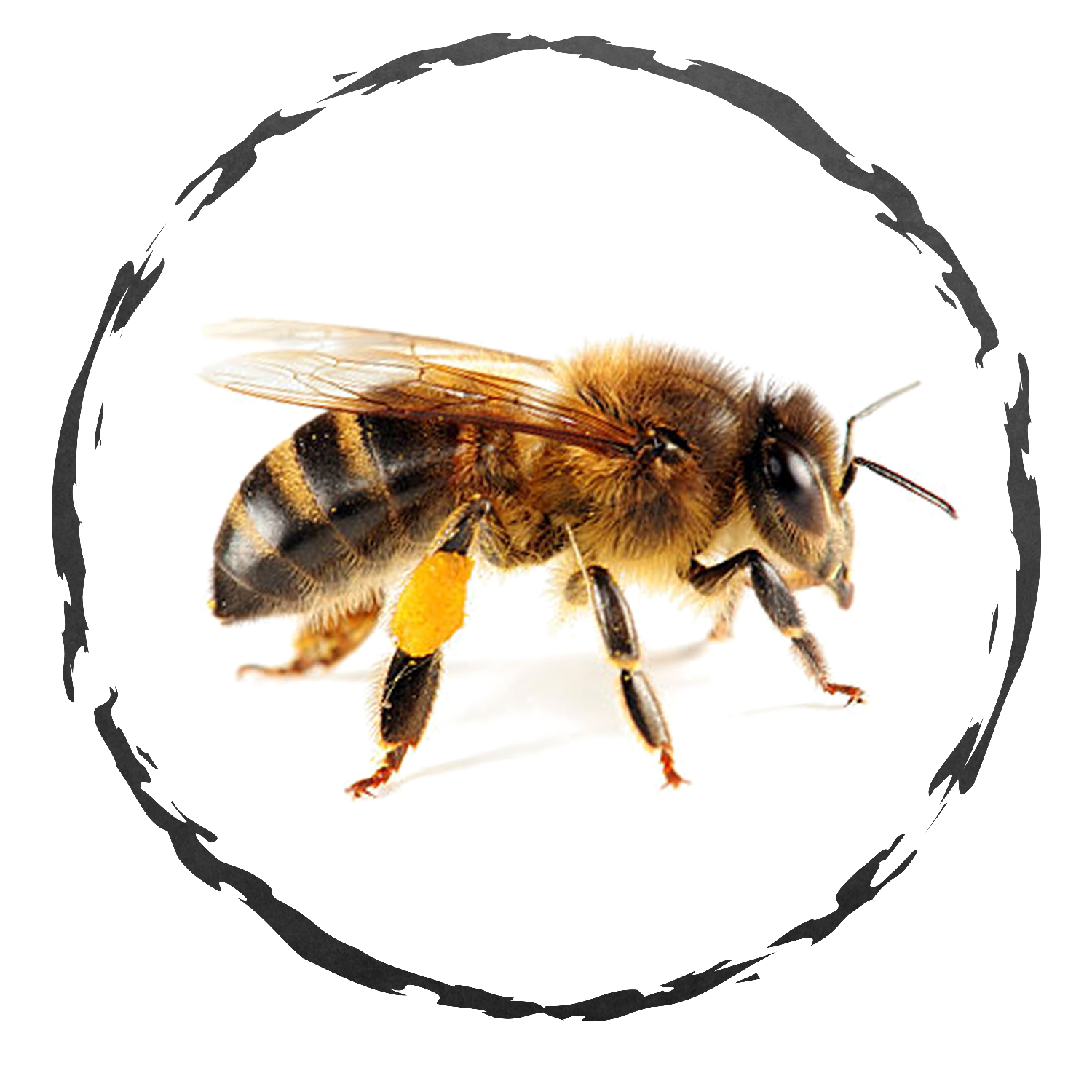
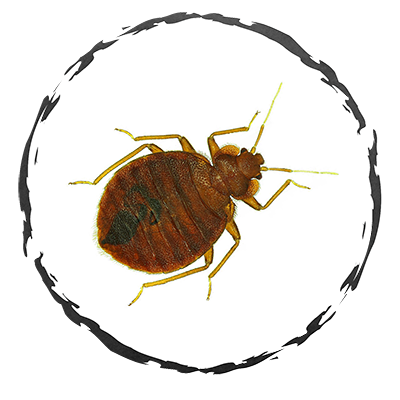

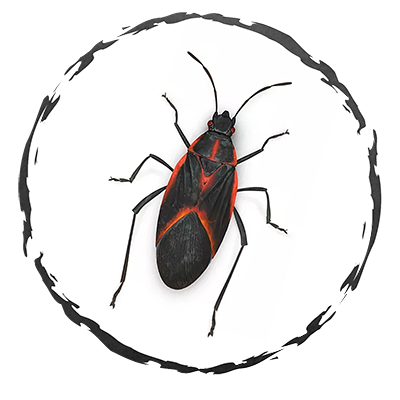
.png)
.png)
